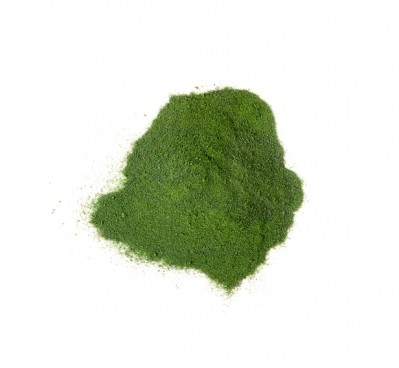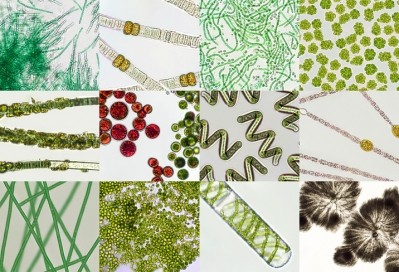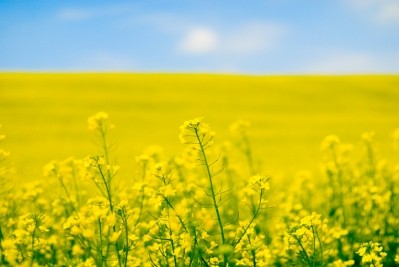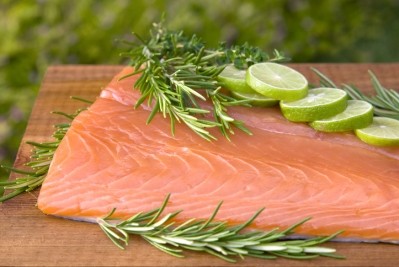Which is more sustainable: microalgae or fish oil?
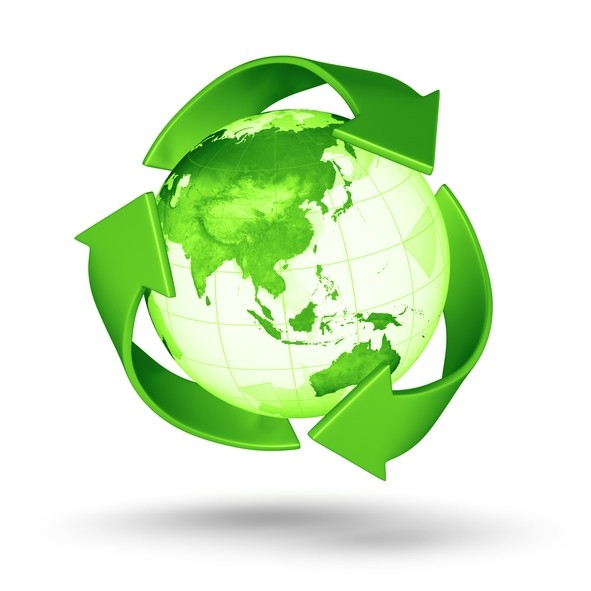
Assumptions that replacing fish oil with microalgae in aquaculture will benefit the environment have been challenged by scientists from UC Santa Cruz, whose work has revealed that this has “more nuanced effects on environmental sustainability than previously understood”.
They said that the combination of the heterotrophic microalga Schizochytrium sp and canola oil will “significantly decrease the use of marine biotic resources” versus fish oil but that cultivation technologies for microalgae “need improvement to mitigate environmental sustainability trade-offs”.
“Mitigating such trade-offs will require cross-cutting innovations across domains of production and sugar feed-stock supply chains,” they wrote in the journal Elementa.
Reducing reliance on fish oil
Aquafeeds have historically relied heavily on fishmeal and fish oil derived from marine forage fisheries for protein, lipid and energy sources. However, with concerns that aquafeed demands are outstripping forage fish supplies, the aquaculture industry is seeking to reduce its reliance on fishmeal and fish oil.
Marine microalgae, unlike plant-based substitutes, contain high amounts of omega-3 fatty acids, which makes them ideal candidates for fish oil replacement.
To date, life cycle assessments to investigate the environmental impact of replacing fish oil and fish meal with microalgae have mainly focused on phototrophic microalgae - only two studies have considered the heterotrophic marine microalga Schizochytrium sp that is currently being cultivated commercially. A further limitation of previous studies is that they only considered oil extraction with solvents and neglected important indicators for environmental sustainability of aquafeeds, such as biotic resource depletion, land use and water consumption.
“Cradle-to-factory-gate” assessment
Therefore, researchers from UC Santa Cruz’s ecological aquaculture facility devised a life cycle assessment that quantified six environmental impacts: global warming potential, water consumption, land use, marine eutrophication potential, freshwater eutrophication potential and biotic resource use.
To account for trade-offs among different production methods, they considered production approaches currently used in the industrial cultivation of Schizochytrium sp. at two different geographical locations using two different carbon sources: sucrose sourced from a Brazilian sugarcane biorefinery and sucrose sourced from sugar beets in the US. They also considered two different oil extraction methods: solvent-free microwave extraction and conventional solvent extraction.
They used the model to establish the environmental benefits and impacts of using the marine microalga combined with canola oil as an alternative aquaculture feed ingredient to replace fish oil sourced from wild-caught forage fish.
Mixed results
Overall, whole-cell Schizochytrium was found to have lower environmental impacts than Schizochytrium oil.
Both forms of Schizochytrium compared favorably to fish oil in terms of biotic resource use, and the whole-cell microalga was lower than fish oil in terms of global warming potential. However, the other environmental impacts (water consumption, land use, marine eutrophication potential) were found to be lower for fish oil.
“These results highlight the need for to reduce the resource-based (eg water use, land use) and emission-based (eg global warming potential, eutrophication potential) impacts of alternatives,” wrote the researchers.
The higher environmental impact of the microalgae ingredients in these categories was mainly due to the use of sugar stocks as carbon and energy sources.
“Our analysis revealed that the sucrose feedstocks used as a carbon and energy source in the heterotrophic cultivation process was an environmental hotspot,” said the researchers.
Alternative carbon sources would reduce environmental burden
They suggested that this could potentially be addressed by sourcing carbon from renewable waste sources, crude glycerol (a waste product from biodiesel production) or cellulosic sugars, or by avoiding the need for carbon sources altogether by cultivating high-DHA microalgae.
Another interesting finding was that solvent-free microwave extraction had a higher environmental impact than conventional solvent methods for extracting the microalga oil. This was due to the lower oil recovery yield achieved through microwave extraction.
However, the researchers emphasized that the “modest” increase in environmental impact should be weighed up against safety and toxicity concerns around the use of hexane.
Indeed, in general, the researchers urged manufacturers of aquafeeds to consider the environmental trade-offs alongside other considerations such as risks to human health.
“Environmental impacts should also be weighed against potential human health benefits of maintaining omega-3 fatty acids and avoiding contaminants in fish flesh when considering alternatives to fish oil,” they cautioned.
Source: Elementa: Science of the Anthropocene
“Comparative life cycle assessment of heterotrophic microalgae Schizochytrium and fish oil in sustainable aquaculture feeds”
Authors: McKuin B, Kapuscinski A, Sarker P, Cheek N, Colwell A, Schoffstall B, Greenwood C
